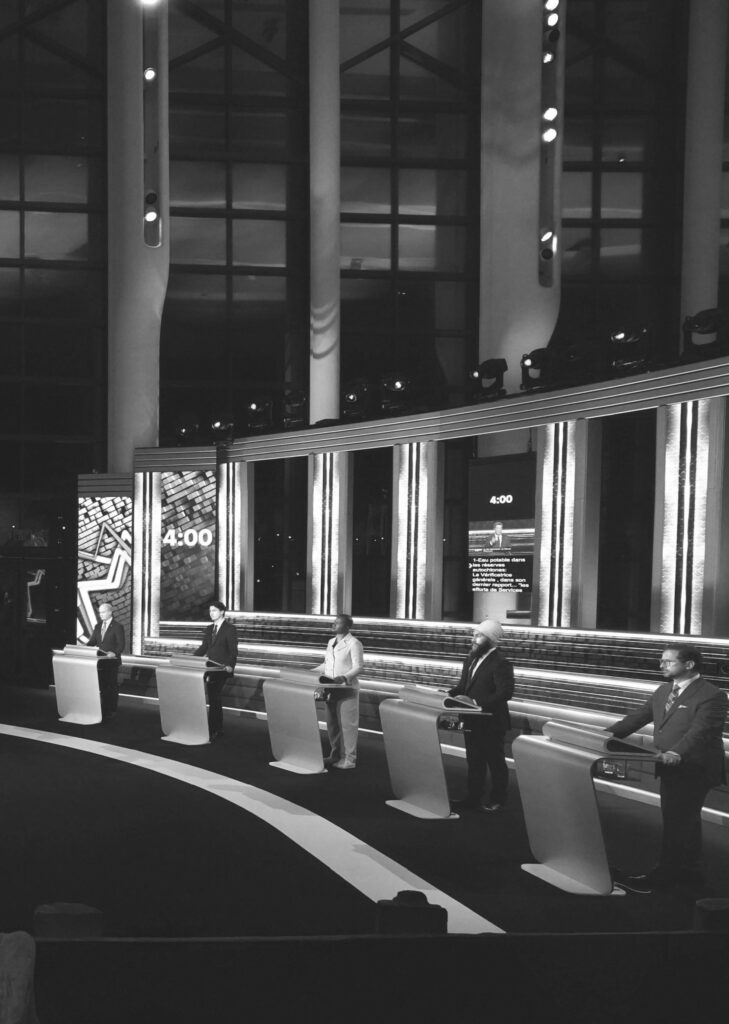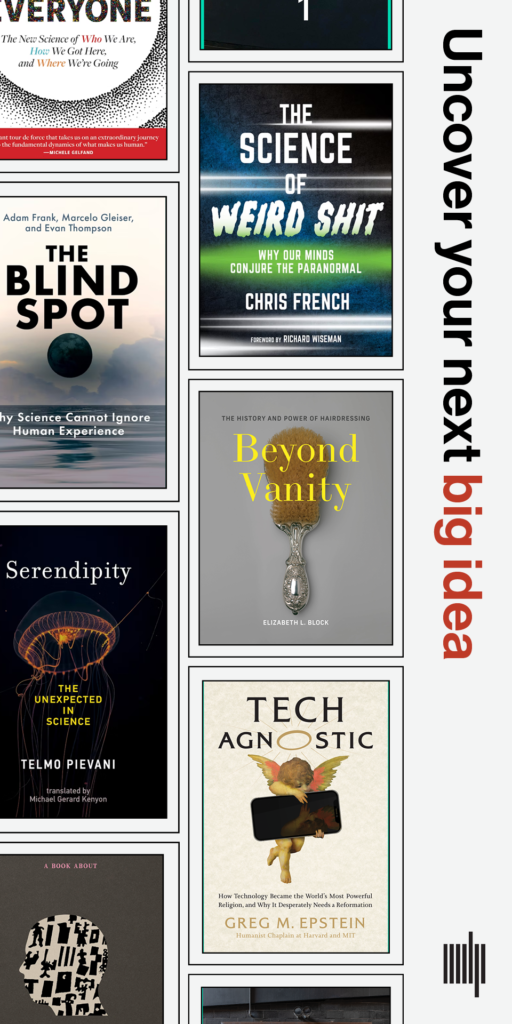Sir John A. Macdonald once quipped that elections are like horse races: you can tell more about them when the results are in. The 2022 Kentucky Derby helped prove the point when a prohibitive underdog, Rich Strike, a nag not even on the starting list until the day before, came from twenty-one lengths back to win the roses. Two books about elections nearly thirty years apart also speak to the truth in Old Tomorrow’s aphorism, though only one of the campaigns could be said to have had the thrill of a horse race. And even it was more like Secretariat’s rout at the 1973 Belmont Stakes than like Rich Strike’s improbable run at Churchill Downs.
With Pivot or Pirouette?, the University of Calgary political scientist Tom Flanagan takes readers back thirty years, to a time when such names as Mulroney and Manning mixed with those like Campbell and Chrétien. A refresher is helpful, as many observers today seem to remember only that the October 1993 federal election saw the Progressive Conservatives suffer the biggest defeat in history for a governing party. Less frequently recalled is the “plausible prediction” before the writ was dropped that either of the two traditional brokerage parties might emerge with a minority; both the Liberals and the PCs were polling in the 30 percent range. “Things turned out in a way that no one had anticipated,” Flanagan notes. The Tories ended up with two seats in the House of Commons, and the Bloc Québécois became Her Majesty’s Loyal Opposition. Fifty-two Reform Party candidates were elected to Parliament, which now boasted five parties.
“It is only in hindsight that the fall of the Conservatives seemed inevitable,” Flanagan writes in this incisive account of that election. “Popular reaction to Campbell’s accession to power suggests that voters were prepared to consider giving the Conservatives another chance under their new leader. At the time, anything seemed possible.”
Indeed it did. Another thing that’s often forgotten about 1993 is the fact that Kim Campbell did, briefly, revive the fortunes of the Progressive Conservatives. An August 1993 poll by Decima, for example, showed the Tories leading the Liberals by six points. Yet some scholars still argue that the country’s first female prime minister was “doomed to failure,” as Linda Trimble put it several years ago in Ms. Prime Minister: Gender, Media, and Leadership.

The cast 0f 2021, an election about nothing.
Sean Kilpatrick; The Canadian Press
Flanagan acknowledges that “gender may have played a role” in Campbell’s loss, but this aspect of the campaign most certainly merits even closer analysis. That’s especially the case because the 1993 election featured not one but two women leading major political parties, with Audrey McLaughlin as head of the New Democrats. In the three decades since Campbell was prime minister, not one woman has come even close to setting up shop in the PMO. Somewhere between “gender may have played a role” and “doomed to failure” is another story about Campbell’s experience, some of which might include an examination of the paradigms through which female leaders were viewed back then, if not still today. Flanagan does, at least, give credit where credit is due: “Any fair assessment must also acknowledge how great her achievement was.”
Flanagan describes the 1993 election as “a political earthquake . . . at least in the short run.” There remains, however, a steadiness to this country’s politics. “No matter how many and severe the shocks it may suffer — and the shocks in 1984 and 1993 were indeed severe — the Canadian political system tends to revert to the status quo ante.”
Writing with clarity and poise, Flanagan brings a particularly refreshing tone to his work, compared with the opaque prose that plagues academia. He puts the key question up front, asking readers, “What is a turning point?” And then he provides an accessible answer: “Sometimes it means taking off in a new direction, making a 90-degree turn so to speak. For a while that seemed to be the meaning of the 1993 election.” Why write this book now? “With the advantage of three decades of hindsight, the turning point now seems more like a pirouette, a 360-degree revolution, after which Canadian politics is back on the same track that it had followed for many decades. To quote T. S. Eliot again: ‘In my end is my beginning.’ ”
Flanagan enlivens his account with numerous literary allusions. At one point, he quotes from Macbeth, writing that politics is a “tale told by an idiot, full of sound and fury, signifying nothing.” It’s a line that could almost serve as marketing copy for The Canadian Federal Election of 2021, a collection of essays edited by Jon H. Pammett and Christopher Dornan, both of Carleton University. While everything changed in 1993, the forty-fourth general election was a campaign in search of a raison d’être — a campaign signifying nothing. As Dornan writes in the opening chapter: “The theme of the 2021 Canadian election, it was universally agreed, was why have an election at all?” It seemed to hark back to Lester B. Pearson’s snap call in 1965. When asked why he thought the country should go to the polls, the fourteenth prime minister replied, “I have my reasons. And my reasons are very good.”
Neither 1965 nor 2021 changed anything of substance in Canadian politics, though a few of the contributors to this collection bravely try to say the opposite. Concordia University’s Brooke Jeffrey, for instance, writes that “the results hardly represented a return to the status quo.” This for an election that returned nearly identical results to those of 2019! Jeffrey makes another dubious claim when she posits that the “right-wing merger fashioned by Stephen Harper has not held.” The last time I checked, the Conservative Party was once again the official opposition and was leading in the polls. Perhaps Jeffrey’s work as a policy adviser to Liberal leaders has clouded her judgment.
The 2021 election was neither pivot nor pirouette, a point made repeatedly by Brett Popplewell of Carleton, who writes about mainstream media coverage. At one point, he quotes a fellow contributor, the political analyst Éric Grenier, who has described 2021 as the “Seinfeld Election,” because it was “an election about nothing.” The media picked up this narrative from the outset, and it is difficult to think of an entire volume being written about the 2021 campaign thirty years from now (unless it’s about Chinese interference). Popplewell concludes with a simple question: “Was any of it worth it?”
The multifarious subjects in this collection do at least reveal the changes in Canadians’ preoccupations, writ large. Chapters on climate change; diversity, equity, and inclusion; Indigenous people; COVID-19; and social media all show how campaigns and issues have evolved in recent years. Carleton’s Andrew J. A. Mattan and Guelph’s Tamara A. Small consider the role that Facebook advertising, specifically, played when we last went to the polls, quoting the Harvard law professor Cass Sunstein: in a “well-functioning democracy, people do not live in echo chambers or information cocoons. They see or hear a wide range of topics and ideas.”
Both these books discuss regionalism and (speaking of equine metaphors) our first-past-the-post electoral system, which encourages parties to focus on specific regions and ridings they can win, rather than on national themes. Flanagan’s take on this issue is succinct, while Lawrence LeDuc, of the University of Toronto, and Pammett unintentionally underscore the value of clear prose with their essay:
When the single-member plurality electoral system operates in combination with a multi-party system, in which party support is spread out among several parties competing for the support of the voter along a number of different issue dimensions, the ability of a single party to win a majority is difficult to engineer.
Translated, first-past-the-post and a regional concentration of votes continue to play sobering roles in our electoral outcomes. In 1993, the Progressive Conservatives won just two seats despite winning 16 percent of the vote. In 2019 and 2021, the Conservatives won more votes than the Liberals but failed to form the government. That Justin Trudeau abandoned his 2015 promise to change the system remains a bitter pill to swallow for those espousing electoral reform.
“After 1993,” Flanagan writes, “turnout has never again gone as high as 70 percent. There is general agreement among those who study this subject that declining turnout is the result of the entry of younger people into the pool of voters.” Lurking beyond the issue of turnout and generational change is the fact that each of the past six elections produced a government with less than 40 percent of the popular vote; political parties carve up the electorate in search of a winning formula that militates against positions and ideas with widespread appeal.
This is all important to understand. So, regardless of any stylistic shortcomings, readers are fortunate to have publishers devoting resources to telling the stories of elections well after the results are in. Indeed, books such as these help us better recognize the changing nature of the country’s politics, history, and composition.
J.D.M. Stewart is the author of Being Prime Minister. He lives in Toronto, where he’s writing a new history of Canadian prime ministers.
Related Letters and Responses
Andrew Warren Toronto
@awilsonsmith via Twitter

